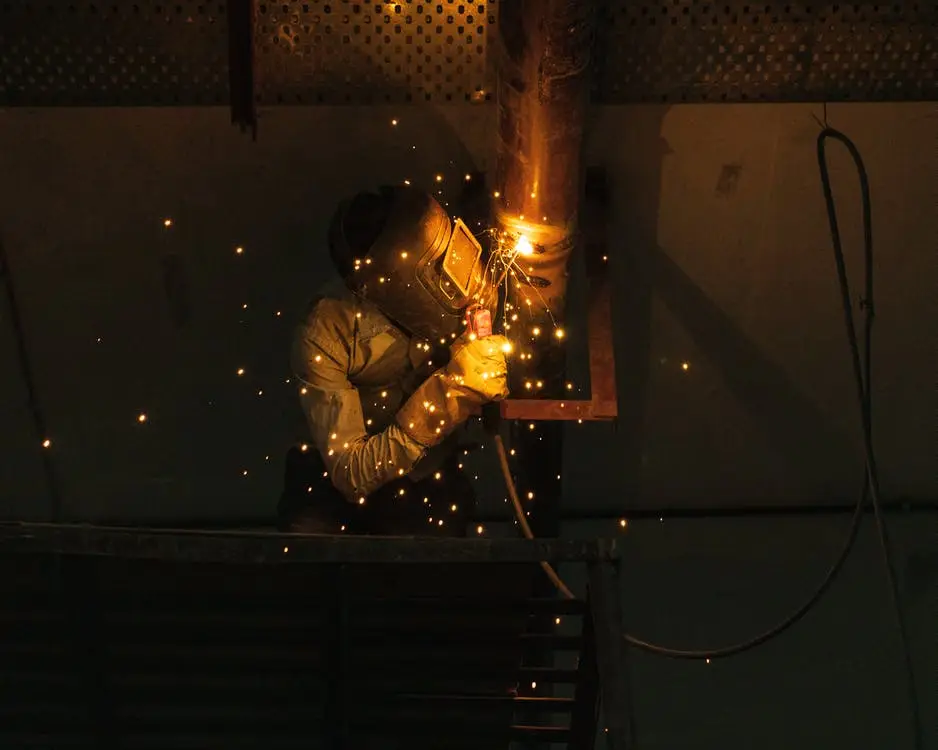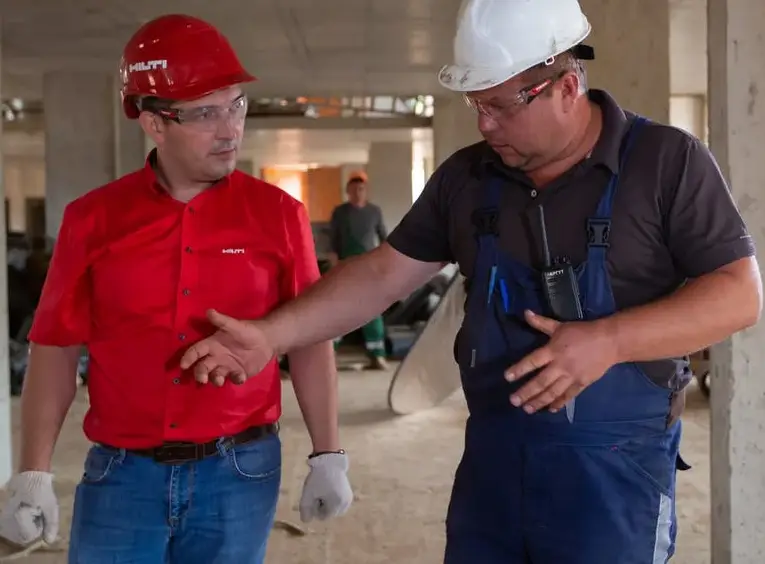Ensuring safety takes time, money, and effort. Meetings, financial incentives, disciplinary actions, safety equipment, and posters alone don’t always accomplish the job.
Complete compliance with regulations, training of employees, and enforcement of workplace rules could turn a workplace with a poor safety record into one with a consistently good safety record.

But we repeatedly hear that learning the lessons of safety by rote is not enough. What is needed is for a business to develop a “culture of safety.”
What is a safety culture?
A culture of safety, consultants say, is the product of an organization’s values, attitudes and behavior that determine its commitment to safety, and the style of its health and safety programs.
In a positive safety culture, the whole organization becomes more important than the individual parts, yet each part interacts and adds to the collective commitment to safety. Safety pervades the business and becomes a part of everything.
For example, a welding shop that has such a culture would see a welder nudging another welder to remind him to drop his helmet before striking his arc to make a quick tack weld. Or, a foreman stopping to wipe up oil on the floor so no one slips.

It’s necessary for employees to want to employ all arc welding safety prevention measures.
That commitment is characterized by the phrase: “It’s the way things are done ’round here.”
“In a negative safety culture, the opposite is the case, with the commitment of some individual strangled by the cynicism of others,” according to a report from the Institution of Electrical Engineers.
In a “negative safety culture” safety is enforced, not lived, and safety concerns focus on responses to the Occupational Safety and Health Administration (OSHA) rather than being positive actions that are an inherent part of the way things get done.
Safety Culture Starts From The Top
Organizational cultures evolve on the factors that their leaders emphasize so, for an organization to develop a safety culture, the top management and line management have to be committed to it, and all employees must be involved. The organization must adopt and live safety practices from the top down.
Action Over Words
Safety experts time after time cite the fact that talking about safety and its importance is not sufficient, and does not measure up to actual training.
For example, when a new welder is hired and is told safety is important at the shop in which he will be working, training must be supplied along with the expressions of concern.
If production demands require that same welder to be put to work on a machine for which he does not have appropriate training or if not supplied with appropriate safety equipment, it is likely that he will conclude that the organization’s production demands exceed safety considerations, and his trust in management’s concerns about his safety will be replaced by mistrust, suspicion and cynicism.

On the other hand, if that welder is put on the machine that he is not familiar with on a temporary basis, and his foreman ensures that he is provided full training on its use, the talk about the culture of safety is reinforced, and extended.
How To Create a Safety Culture
Cultures of safety are not created overnight. Establishing a safety department, or hiring a safety manager, or instituting safety policies are just the first steps.
Those steps have to be built on, and they need time to evolve within a business, and they are shaped by the collaborative effort between the organization’s leadership and its employees by managers at all levels and by workers.

The collaboration to achieve a full culture of safety must be based on trust because safety programs are only as good as employees’ perception of management’s commitment.
At a minimum, a company’s compliance with government regulations and industry guidelines tells employees that management is committed to safety, but only setting up a compliance system or a program with a single safety manager or compliance officer is not sufficient.
One person cannot change a workplace’s culture and move it from an unsafe environment to a safe environment. That requires a team.
Setting up a team made up of workers, supervisors, and managers who collaborate on complying with state and federal regulations and safety training empowers and encourages workers to take charge of their own safety.
Even with the most rigorous and all-encompassing safety training, employees, supervisors, and managers may succumb to the temptation to take short-cuts or to fall back on old, unsafe practices when faced with time, productivity, or economic crunches, and empowerment is not a fail-safe guarantee that employees will follow metal fabrication safety procedures.
Empowerment does, however, provide a platform for directly engaging employees and for shaping their perceptions of management’s commitment to safety.
“Culture is the collective behavior of a community of individuals,” says Andrew D. ShamRao, president of Divaker Ltd., an applied behavioral analysis consulting firm. Human behavior is shaped — it is guided by positively reinforcing progress towards a predetermined form. The same holds true for a safety culture: It is shaped by management and guided by the collective commitment to safety of all the individuals within an organization.
To Warn and Instruct Clearly and Simply
The American Welding Society’s Subcommittee on Labeling and Safe Practices (SH4) develops, writes and updates the welding industry’s Safety and Health Fact Sheets, which are distributed free of charge at www.aws.com.
The committee also monitors information and regulations concerning safety and health topics and issues, and any member may introduce information that he believes should be the subject of a safety and health fact sheet.
The committee then may set up a task force to investigate the new topic, and to draft a safety and health fact sheet.
The goal is to have a safety and health fact sheet that will provide warnings and instruction to non-experts in specific areas that can be readily understood by persons from any walk of life and at any level of education.
Consequently, the committee must write fact sheets with language that is clear and simple so that information is readily comprehended.
The committee’s eight volunteer members bring their relevant expertise and knowledge to support the committee’s efforts, and represent various parts of the welding industry. Crash course in culture chang
Hallmarks Of an Effective Safety Program
Effective safety programs have 14 attributes. They are:
- Each employee takes responsibility for safety.
- Safety is integrated into the management process.
- The presence of the full-time safety professional is limited.
- There is an off-the-job safety effort.
- Safety and other training are seamlessly integrated.
- Compliance comes naturally.
- Programs and technical processes have a history and occur naturally.
- There is a bias against gimmicks.
- Leadership always sets the example; safety is never taken lightly.
- There is a recognizable safety culture.
- The focus is more on process than statistics.
- Negative findings are treated expeditiously.
- The few safety professionals have stature.
- Safety is seen as a competitive edge, not overhead.





